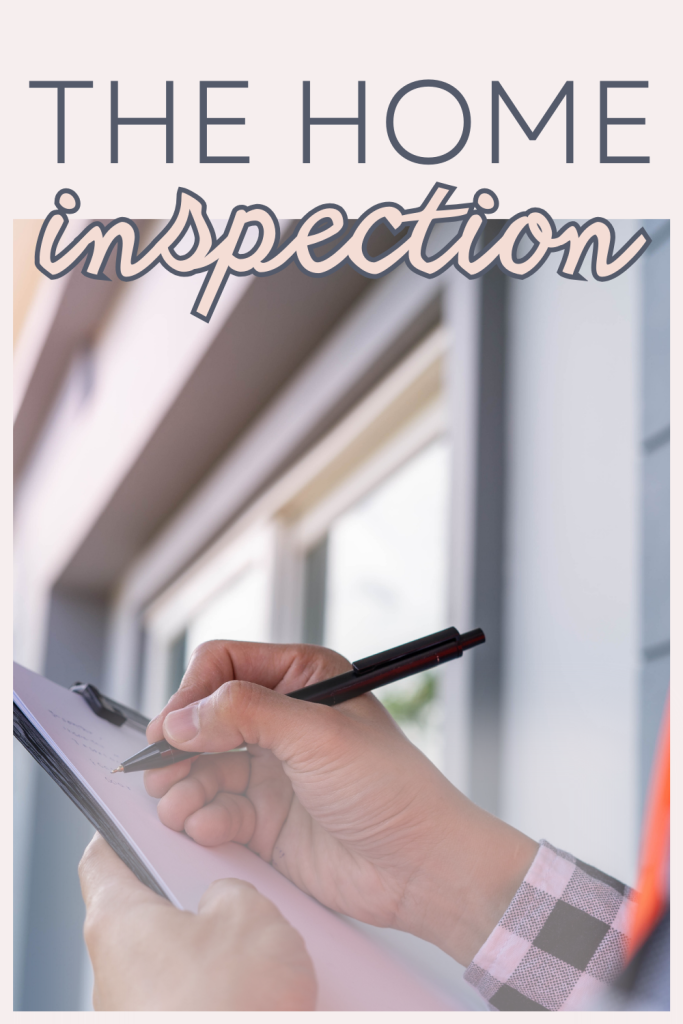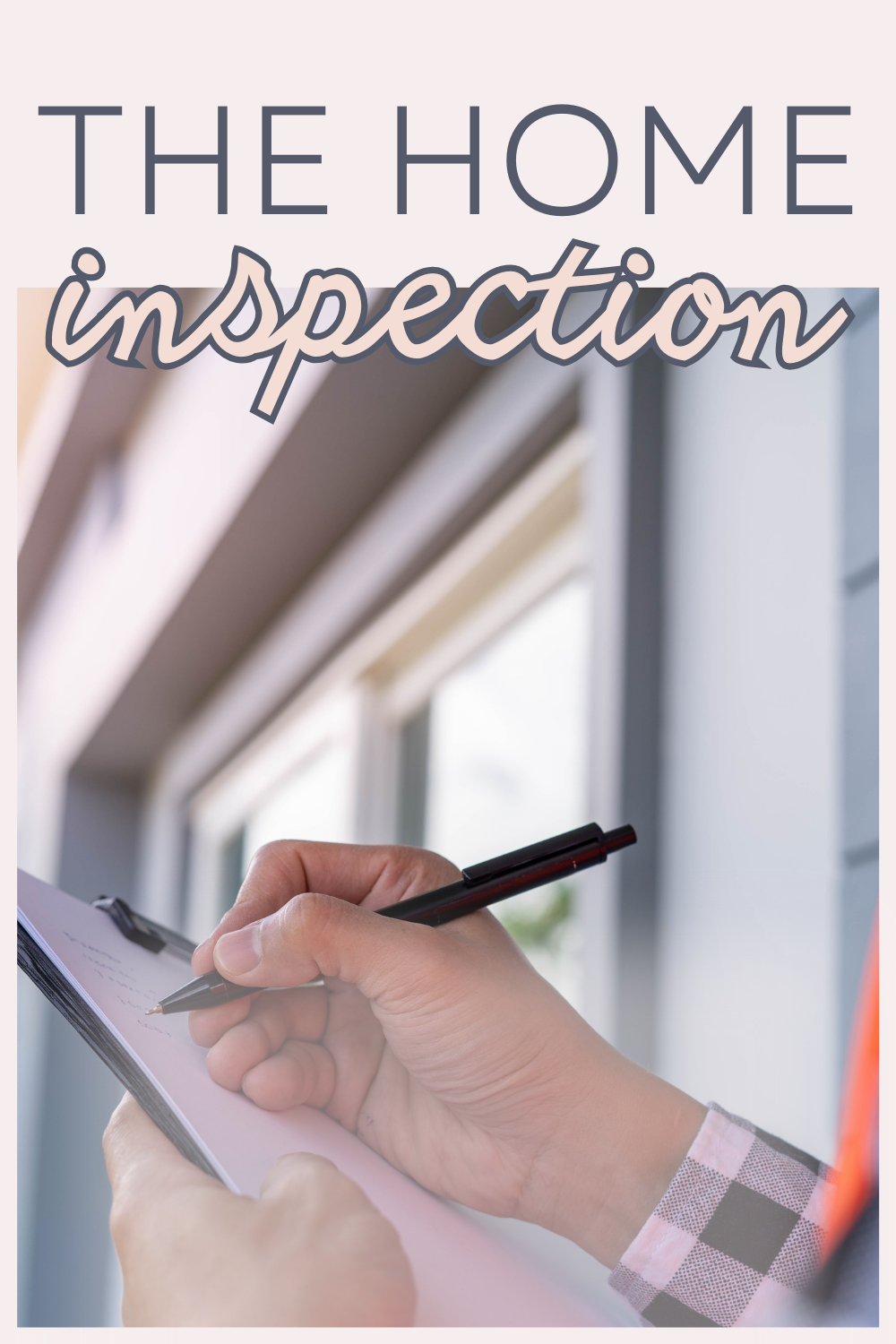Venturing into homeownership is an exhilarating journey, but it involves several crucial steps and decisions. One pivotal aspect that can significantly influence the home-buying process is the home inspection. This guide aims to decode the home inspection process, equipping first-time homebuyers with the necessary information to make enlightened decisions about their prospective dream home.

The Rationale Behind Home Inspections
A home inspection is a comprehensive evaluation of a property’s state, usually conducted by a certified home inspector. The primary aim is to uncover any potential problems or defects that might impact the safety, functionality, or worth of the home. For first-time homebuyers, a home inspection is an essential safeguard to ensure your dream home doesn’t evolve into an unforeseen fixer-upper.
Fundamental Elements of a Home Inspection
- Structural Components: The inspector will evaluate the building’s structural soundness, encompassing the foundation, walls, roof, and attic. Any indications of structural damage or complications will be spotlighted.
- Plumbing System: An exhaustive inspection of the plumbing system will detect leaks, pipe conditions, and water pressure. This includes scrutinizing sinks, faucets, toilets, and the water heater.
- Electrical Systems: The inspector will audit the electrical system, guaranteeing that it adheres to safety standards. This includes examining outlets, wiring, circuit breakers, and the operation of electrical appliances.
- HVAC Systems: Heating, ventilation, and air conditioning (HVAC) systems are assessed to ensure they are functioning correctly. This encompasses checking the furnace, air conditioner, and ventilation.
- Roof and Exterior: The condition of the roof, siding, windows, and doors will be inspected. Any problems with water intrusion, leaks, or damage will be reported.
- Interior Features: The interior of the home, including walls, ceilings, floors, and the overall state of living spaces, will be evaluated. This includes checking for signs of water damage or pest infestations.
- Appliances: If appliances are part of the sale, the inspector will confirm their functionality and identify any potential issues.
What to Anticipate During the Inspection
- Be Present: While it’s not obligatory, it’s recommended for buyers to attend the inspection. This enables you to raise questions, seek elaboration on findings, and gain a better grasp of the home’s condition.
- Ask Questions: Feel free to ask the inspector about any concerns or queries you might have. A reliable inspector will provide detailed responses and offer advice on potential repairs.
- Receive a Report: After the inspection, you’ll receive a detailed report outlining the findings. This report is a valuable asset for negotiations with the seller and planning future maintenance.
Leveraging Inspection Results in Negotiations
If the inspection uncovers issues, you have several alternatives:
- Negotiate Repairs: Ask the seller to address and rectify identified issues before the sale.
- Negotiate Price: Use the inspection report to renegotiate the sale price based on the cost of necessary repairs.
- Walk Away: If the issues are substantial and the seller is unwilling to resolve them, you may opt to walk away from the transaction.
Conclusion
A home inspection is a vital step in the home-buying process, providing reassurance and assisting you in making informed decisions. By comprehending the purpose of the inspection, being present during the process, and leveraging the results to your benefit, you’ll be better prepared to navigate this crucial step on your journey to homeownership. Happy home hunting!

Leave a comment